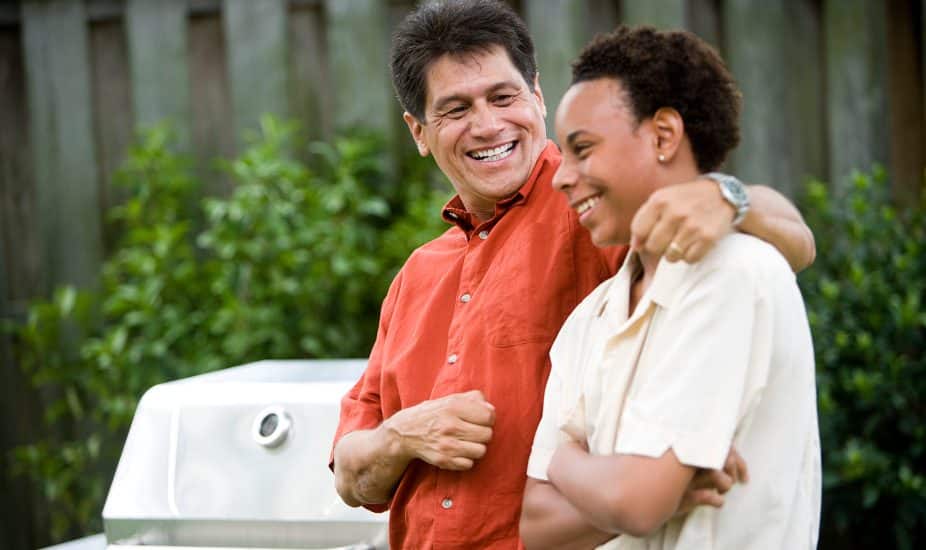Many adults fondly look back on their teenage years, especially their more extreme memories and stories about hijinks and escapades. Often, those adventures also included experimentation with alcohol and drugs.
Now, as parents, they struggle to reconcile their fond memories with their desire for their children to be safe and healthy and have every advantage for a fulfilling life.
Could a parent inadvertently create an environment that’s conducive to addiction?
In Jessica Lahey’s recent book, The Addiction Inoculation: Raising Healthy Kids in a Culture of Dependence, she writes about practical steps drawn from research that parents and educators can implement to help kids thrive.
She grew up in a family wrought with addiction and ended up going down the same path despite her best intentions. Her book is the result of her own quest to ensure her two children had a different opportunity, an environment set up for them to thrive with healthy choices.
Filled with relevant wisdom and relatable research, she specifically offers 3 concrete ideas parents can implement to protect their children:
1. Moderation for Kids Won’t Work
Some parents get almost zealous about the notion of teaching moderation to their children. They’re the ones who talk about how normal it is for kids growing up in European countries to sip wine with their dinner at a young age. They wax about the wisdom of their own parents who provided beer for their parties back in high school.
Unfortunately, according to the research, kids who grow up in families that reinforce the expectation of complete abstinence from harmful substances until the legal age limit are the ones who fare better into adulthood.
It’s just simply not true that teaching kids to drink or smoke in moderation will lead them to a healthy relationship with alcohol, tobacco, and drugs. Kids are all gas and have no brakes regarding their brain development and thirst for dopamine. They need adults to provide the appropriate boundaries to protect them from harmful decisions and, instead, lead them to a flourishing life. However, modeling moderation with respect to alcohol is highly effective for showing kids what responsible drinking looks like at an adult level.
2. Point Out What’s Healthy
Research shows that kids who understand the difference between healthy and unhealthy choices, and the implications and consequences of harm, will make consistently better choices throughout their lives. So, rather than giving your kids rules and expecting them to follow them, teach them how to think.
Explain to them what happens when their uncles drink a lot during a family get-together, and how awful they feel the next day. Point out that they sleep in, disengage from the rest of the family, and look puffy and bloated because they chose to drink a lot of alcohol the night before.
Contrast that with someone else in the family, who chooses not to drink and instead wakes up early, goes for a long walk, and seems to have enthusiastic energy to be together. Rather than wait until our kids are older teenagers to have these conversations, the research shows that kids, even as young as preschoolers, can begin to grasp the implications of poor choices.
3. Share The Why
Again, we want kids to be able to think for themselves rather than follow the rules. Many teenagers are drawn to testing limits and breaking the boundaries for the thrill, but you can try to head that off by helping them understand why drugs and alcohol harm their health. This is where a little bit of research goes a long way. Did you know that consuming marijuana harms someone’s short-term memory?
For kids who are academically inclined to succeed, the last thing they want is to be unable to recall their vocab words for an upcoming quiz. Research also shows that heavy drinking by men may lower testosterone levels. Share that with a teenage boy interested in getting fit and looking good.
Overall, parents will do well to take regular steps back to reflect on the messages they’re delivering to their kids. Every adult can learn more about the effects of harmful substances and talk more frequently about the dangers with kids. Reading Lahey’s book, too, would give you extra ammunition and tangible steps to guide your kids to a healthy foundation for life.

